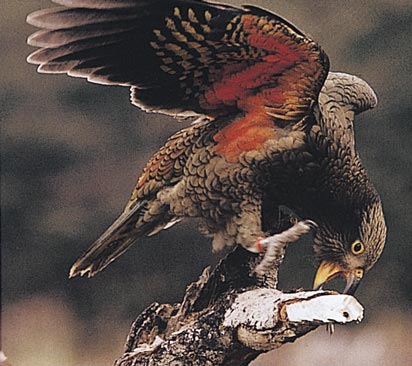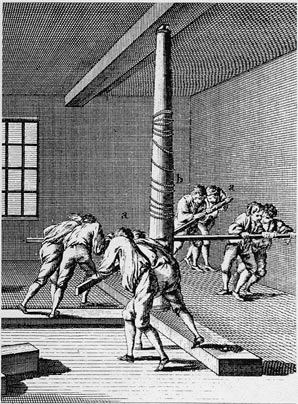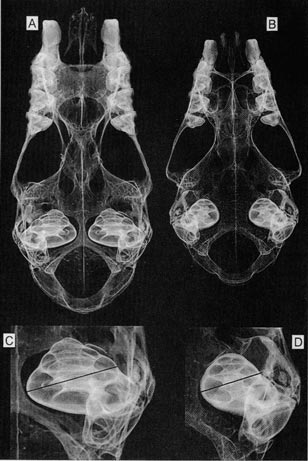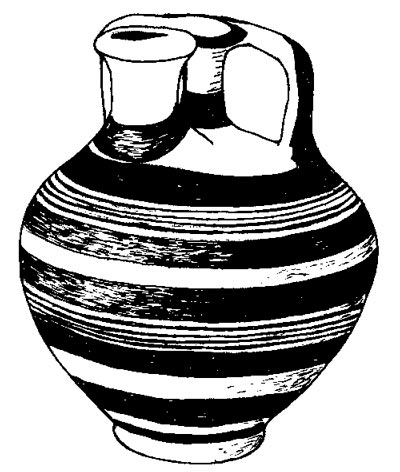Nanoviews: The Values of Science, Kea, Bird of Paradox and more . . .
By The Editors
Short takes on eleven books
Short takes on eleven books

DOI: 10.1511/1999.24.0
The age-old argument between social relativists and scientists, both most recently visited in the Alan Sokal context, are aired in The Values of Science: The Oxford Amnesty Lectures 1997 (Westview, $55). These six essays, edited by Wes Williams and introduced by Jonathan Rée, can be prissy at times but are mostly pithy and eloquent.
To learn about a gregarious and mischievous parrot that inhabits the southern mountains of New Zealand, read Kea, Bird of Paradox (California, $29.95). Authors Judy Diamond and Alan Bond summarize the native flora and fauna, emphasizing the kea and the kaka, its relative. They tell how the kea has adapted to human activities and how this love-hate relationship continues.

From Kea, Bird of Paradox.
Serious Continental birders who need to know the difference between, say, a Verreaux's eagle and a Bonelli's eagle should consult Mark Beaman and Steve Madge's The Handbook of Bird Identification for Europe and the Western Palearctic (Princeton, $99.50). Like other bird books from this publisher, this is not only a useful guide but also a work of art.

From Energies: An Illustrated Guide to the Biosphere and Civilization.
Ecologist Vaclav Smil explores the diverse transformations of the stuff we call "energy" in Energies: An Illustrated Guide to the Biosphere and Civilization (MIT, $25). This is a browser's book, with an eclectic collection of essays where one can learn, among other things, that ants and elephants consume similar amounts of plant mass in areas where they coexist.

From Bat Biology and Conservation.
Bat fans will want a copy of Bat Biology and Conservation (Smithsonian, $60) for their bat bookshelf. This multi-authored volume, based on a 1995 symposium, has some very nice encyclopedic reviews of bat evolution, functional morphology, echolocation and conservation biology. Edited by Thomas H. Kunz and Paul A. Racey.
In The Fifth Miracle: The Search for the Origin and Meaning of Life (Simon & Schuster, $25), physicist and gifted science writer Paul Davies discusses life as an information system. Davies wonders if life had a subterranean, asteroid-resistant cradle and whether it has traveled between Earth and Mars and was, as some believe, inevitable. Although certain points seem over-explained, Davies’s usual brilliance shines through. Best line: Viewed as a message coded in DNA's AGCT, "life is just a string of four-letter words."
Not having to understand the finer points of physics seems to be the point of Feynman and Computation: Exploring the Limits of Computers (Perseus, $50), edited by Anthony J.G. Hey. Brilliant musings of (and in the spirit of) Richard P. Feynman, from nanotechnology to "how come existence?"
Physicists believe that the best hope for a fundamental theory of nature—including unification of quantum mechanics with general relativity and elementary particle theory—lies in string theory. This elegant mathematical physics subject is expounded by Joseph Polchinski in two volumes from Cambridge University Press, String Theory: An Introduction to the Bosonic String ($49.95) and String Theory: Superstring Theory and Beyond ($54.95). Written for advanced physics students and for researchers, this set provides thorough and up-to-date knowledge.

From Finding the Walls of Troy.
Was the so-called discoverer of Homer’s Troy, archaeologist Heinrich Schliemann, a treacherous self-promoter? In Finding the Walls of Troy (California, $35), Susan Heuck Allen argues that Schliemann actually exploited the work of British archaeologist Frank Calvert, who excavated the site 15 years before the German archaeologist arrived. A scholarly endeavor.
Turn-of-the-century neuroanatomist Santiago Ramón y Cajal is famous not only for his contributions to science but also for his "strong personality." The latter trait comes through clearly in Advice for a Young Investigator (MIT, $22.50), a modern translation by Neely Swanson and Larry W. Swanson based on some of Cajal's writings of nearly 100 years ago. Although parts of the book are dated and naive, Cajal does have some wise words for young people considering a scientific career at the end of this century. The most delightful chapter offers Cajal's brilliant and biting characterization of various types of failed scientists. In our time Cajal might have been an editor for The National Lampoon.
New-in-paper picks: Strength in Numbers, Sherman K. Stein (Wiley, $16.96); Living With Our Genes, Dean Hamer and Peter Copeland (Anchor, $14.95); Tsunami! (2nd ed.), Walter C. Dudley and Min Lee (Hawaii, $19.95); The Maya (6th edition), Michael D. Coe (Thames and Hudson, $18.95).
Nanoviewers: Randall Black, William J. Cannon, Paul Frampton, Samuel J. Petuchowski, Michael Szpir, William Thompson.
Click "American Scientist" to access home page
American Scientist Comments and Discussion
To discuss our articles or comment on them, please share them and tag American Scientist on social media platforms. Here are links to our profiles on Twitter, Facebook, and LinkedIn.
If we re-share your post, we will moderate comments/discussion following our comments policy.